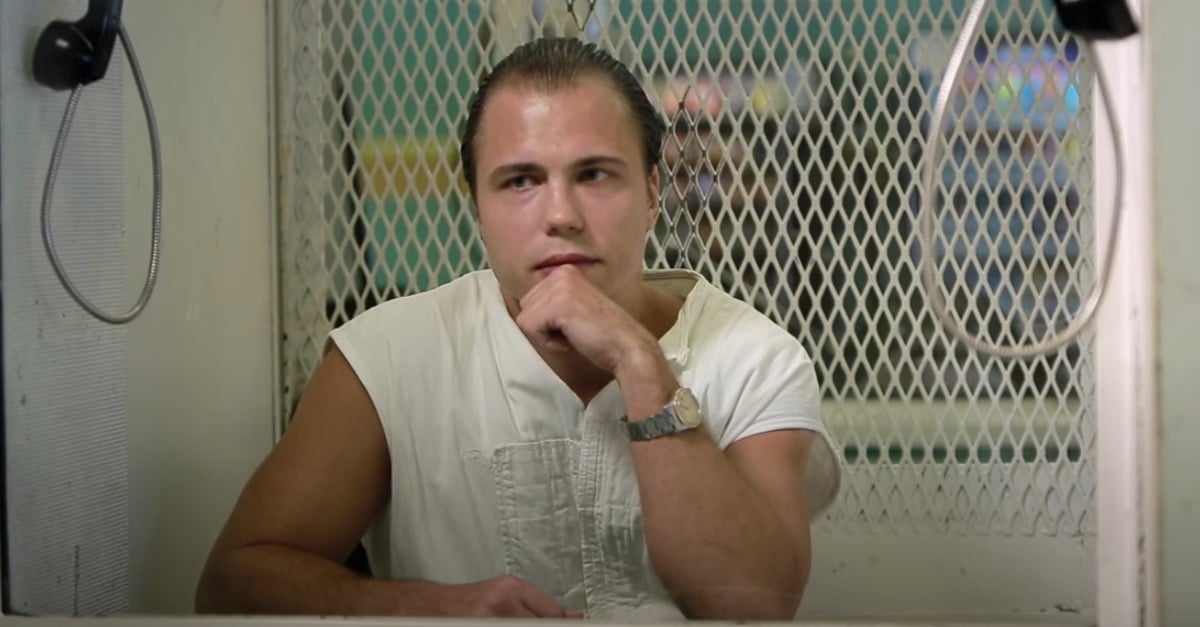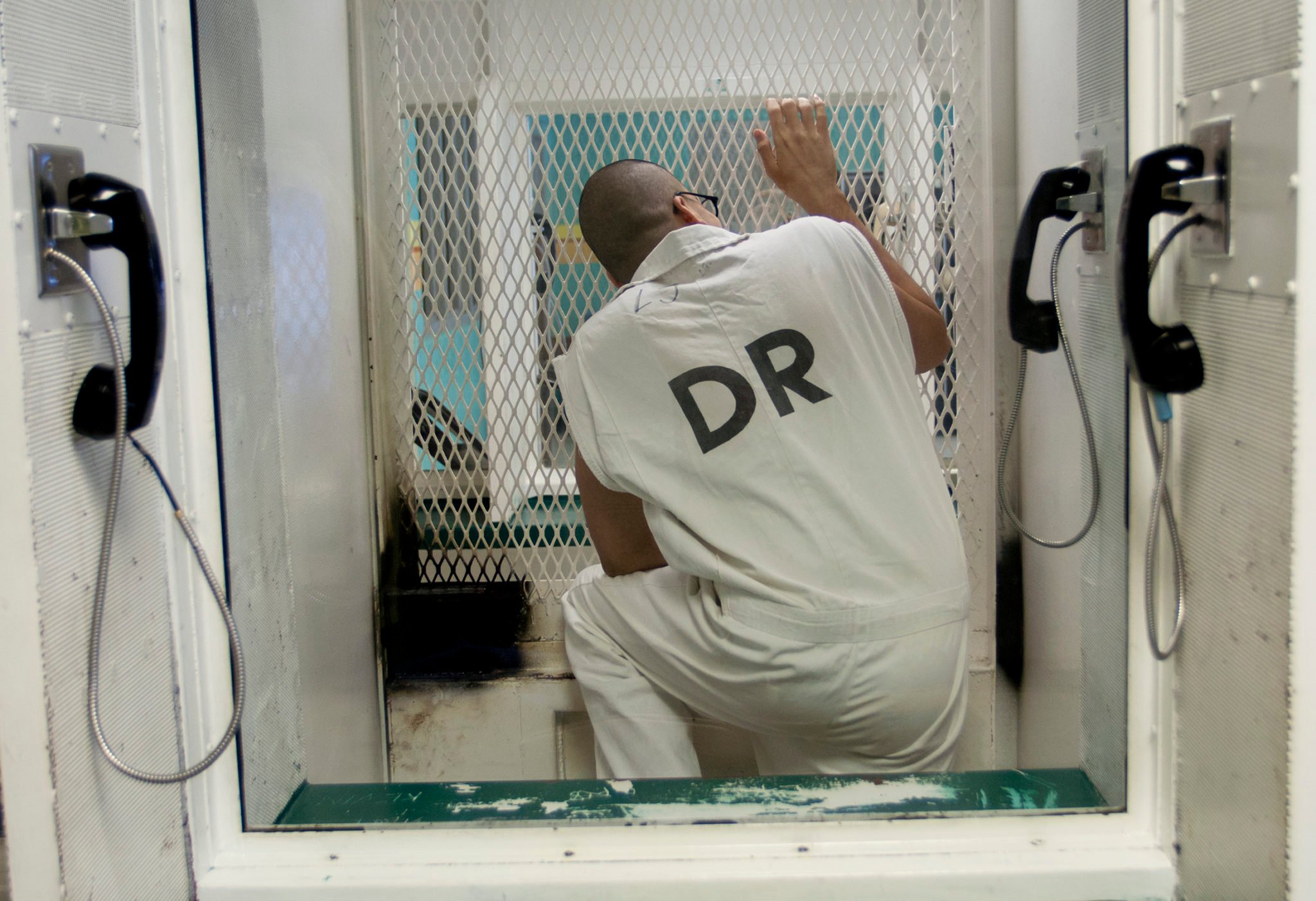
Why Texas is Also At Risk for a Botched Execution
Above: Clayton Lockett
It was perhaps only a matter of time before untested protocols in lethal injections led to an episode like the botched execution in Oklahoma on Tuesday night, in which convicted murderer Clayton Lockett struggled for 43 minutes before suffering a heart attack.
The incident is testament to a much broader trend in the administration of the death penalty. States, including Texas, that execute inmates with lethal injection no longer have the secure sources of drugs they once relied on, and that means the risk of something going wrong has mounted.
Texas’ most recent execution featured a man—Tommy Lynn Sells—who argued that he had a legal right to know the origin of the drugs that would be used to kill him. In a last-minute appeal, Sells’ attorneys asked the U.S. Supreme Court to rule on the issue. The nation’s highest court denied the petition, but not before a lower court judge temporarily halted the execution, arguing that Sells was entitled to know where the state had obtained the deadly dose of pentobarbital.
On April 3rd, Sells was executed in Huntsville with little fanfare. The whole procedure lasted 13 minutes. Pentobarbital is a widely-used sedative that is lethal in high dosages and has been used to euthanize animals. The drug used in the botched Oklahoma execution was midazolam, which caused an Ohio man to gasp for air during his execution in January. Though it hasn’t been used in Texas, Terri Langford at the Texas Tribune has reported that the Texas Department of Criminal Justice is keeping midazolam on hand and could use it any time.
We don’t know for sure whether it was midozolam or something else that caused Lockett’s agonizing death in Oklahoma. The Oklahoma Department of Corrections said that the problem was a blown vein, leading The New Republic’s Ben Crair to argue that the issue was one of administration, not of chemistry.
But the larger question here is one of reliability and consistency. In 2011, the U.S. pharmaceutical company Hospira stopped providing sodium thiopental for executions because the drug was produced at an Italian plant and the Italian government expressed opposition. Death penalty states have had to scramble for drugs, looking to compounding pharmacies to provide these chemicals, including the pentobarbital used in Sells’ execution. Such pharmacies exist throughout the country, and often make cheaper versions of prescription drugs to order for patients. They are licensed, but accreditation is optional and inspections for compliance only happen every three years.
Though David Miller, CEO of the International Academy of Compounding Pharmacists, recently told NPR that providing lethal injection drugs is “actually contrary to what we do as a profession,” any pharmacist can contract with the prison system to provide those drugs. They can specify a protocol—how to administer the drug and how much to use—but there’s no guarantee that the executioners will follow their directions. “We should not, certainly as pharmacists, be put in the position of having to prepare those medications,” Miller told NPR, “without having direct input into what that protocol looks like.”
One provider recently demanded that the Texas prison system return the drugs when his name came out in the press and he received harassing phone calls, but that controversy dissipated quickly. So far the courts have allowed Texas prison officials to remain secretive about where they have turned for new drugs. Texas Monthly’s Erica Grieder noted recently that “such secrecy may not be prudent for Texans who support capital punishment, who should hope for executions to proceed as smoothly as possible.” Now, defense attorneys will likely challenge this secrecy for every execution, making each one into its own legal battle.
Texas has used the same drug, pentobarbital, since 2012 and officials have said there are no plans to change the protocol. But the state is using up its store of drugs faster than any other, so eventually we will have to turn to new suppliers. At that point, the risks will only grow.


